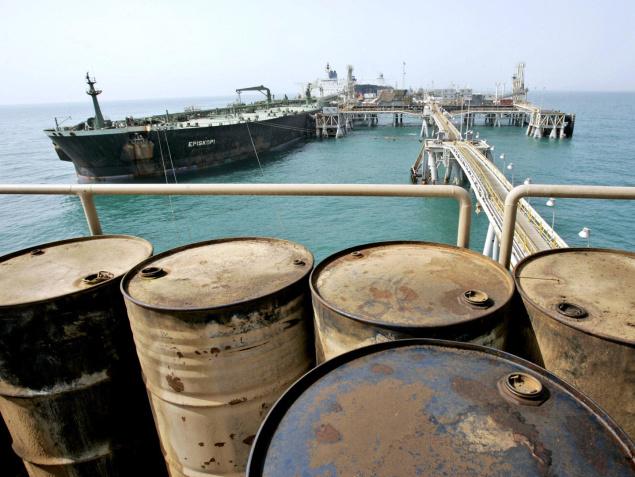
During the past three months, India has relied on Russia for 40% of its seaborne crude oil import.
Year-to-date, volumes have reached an average of 1.6 million barrels per day (mbpd), an increase of 1,000% compared to 2021, before Russia invaded Ukraine,” stated Niels Rasmussen, Chief Shipping Analyst at BIMCO.
The increased import of Russian oil has contributed to a higher average sailing distance for crude oil tankers discharging in India. Year-to-date, the average sailing distance has risen by 10%, resulting in an 8% increase in total tonne miles despite a 2% fall in volumes. Compared to 2021, the average sailing distance is up 25%.
Indian buyers started increasing sourcing from Russia in 2022. Combined, the European Union and the United States used to buy about 65% of Russia’s seaborne crude oil exports. This was before the implementation of sanctions on Russian oil exports following its invasion of Ukraine, and Russia has since found new buyers.
“With the exception of a spike and subsequent dip in mid-2023, Russian crude oil’s share of Indian seaborne imports has climbed steadily since mid-2022. China has also increased its share, but India has been the biggest buyer since mid-2023, regularly taking 35-40% of Russian seaborne crude oil exports,” mentioned Rasmussen.
India used to buy nearly 70% of its seaborne crude oil from countries in the Persian Gulf. However, the increase from Russia has reduced those volumes and India now imports only 45% from the region. Instead, the region has increased exports to for example North Europe and the Mediterranean.
The shift in buying patterns has also had a significant impact on the ships carrying the crude oil.
Aframax and suezmax crude tankers carry nearly all of the crude oil from Russia to India. Combined, the two ship types now carry 55% of Indian crude oil imports compared to 45% in 2021, whereas VCCs carry less.
This has also had an impact on the age of ships discharging in India. Ships that still cater to Russia’s exports tend to be older than the average. Consequently, ships discharging in India are now on average four years older than in 2021 and the share of ships older than 20 years has increased from 2% to 13%.
“As long as the sanctions are in place, the Russia-India trade is likely to continue at the current level. However, according to the International Energy Agency, India’s demand for oil is expected to continue to increase while Russia’s production is unlikely to rise. India may therefore have to turn to other suppliers to satisfy its demand,” added Rasmussen.
This article was written by Niels Rasmussen, Chief Shipping Analyst at BIMCO.





